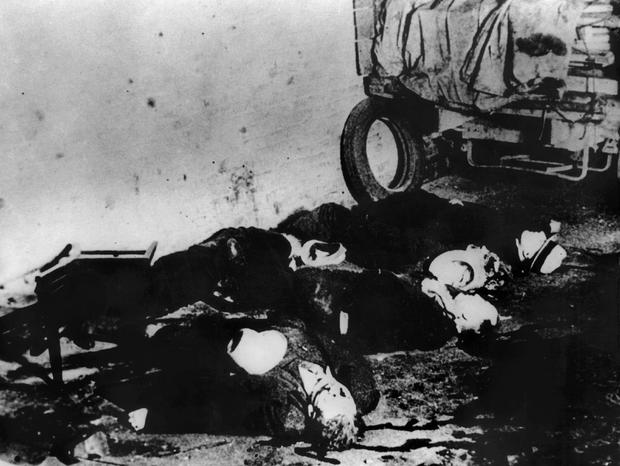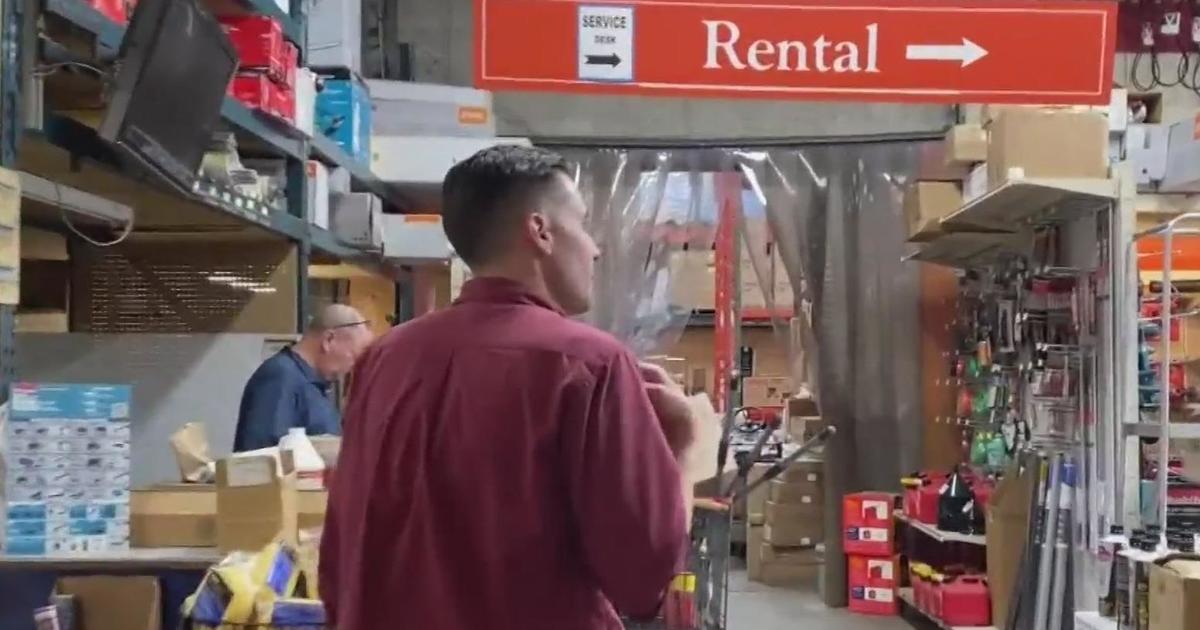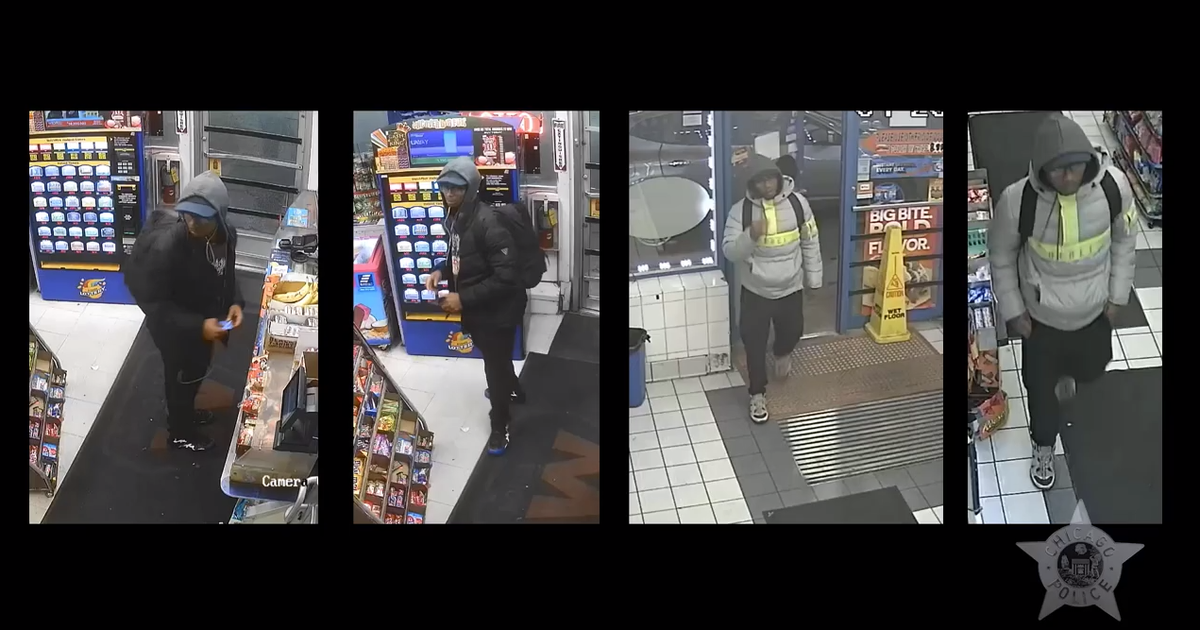This Valentine's Day Marks 92 Years Since The St. Valentine's Day Massacre In Chicago
CHICAGO (CBS) -- In Chicago, Valentine's Day is about romance, but it will never be without a memory of the macabre.
This Valentine's Day marks 92 years since the St. Valentine's Day Massacre, in which seven people were murdered in a garage in the Lincoln Park neighborhood.
As Troy Taylor's historical essay "Blood, Roses and Valentines" recalls, the events that led up to the massacre started in 1924 with murder of gang leader Dion O'Banion, who was the chief competition to Chicago Outfit leader Johnny Torrio in the bootleg liquor business. O'Banion controlled the North Side operation, Torrio the South Side.
After a brewery acquisition deal between the two men went bad, Torrio ordered a hit on O'Banion. The North Side gang vowed revenge, and a five-year war between the two gangs began.
Torrio himself was later shot and seriously wounded. While he would survive his wounds and live to the age of 75, he decided to give up control of the Outfit to Al Capone.
Capone's gang went on to take out Hymie Weiss, leaving the North Side bootlegging operation in the hands of George "Bugs" Moran, a bitter enemy of Capone's whom he wanted nothing more than to take out, Taylor recounted.
Early in 1929, Moran and a henchman killed Pasquillano Lolordo, a Capone associate, and Capone decided to have Moran done away with once and for all, Taylor recounted.
Capone arranged to have someone contact Moran and tell him a special shipment of bootleg whiskey would be shipped to a garage Moran owned at 2122 N. Clark St. When a group of Moran's associates arrived at the garage, four Capone associates stormed in, posing as police officers conducting a raid.
They lined up six members of Moran's gang and a seventh unaffiliated man against a wall, took out machine guns from their overcoats, and opened fire, according to the Encyclopedia of Chicago.
But Moran himself was not present, and thus survived. And Capone was in Florida at the time, and law enforcement could never link him to the crime, the encyclopedia said. No one was ever tried in the killings.
The garage where the massacre happened, which was marked "SMC Cartage Company," was demolished in 1967, the encyclopedia said.
A side yard for the Margaret Day Blake apartments, a Chicago Housing Authority seniors' development, now occupies the land.
Meanwhile, the brick wall against which the victims of the massacre were lined up was put to a bizarre use after the demolition.
As multiple sources point out, Canadian businessman George Patey bought the bricks at auction. Chicago Detours points out that Patey first took the bricks on tour with stops at galleries and shopping malls and also tried to open a crime museum in 1969, but it was not a success.
Finally, Patey reassembled the garage bricks in the men's room of his Banjo Palace nightclub in Vancouver, B.C. With the addition of a plastic screen set up in front of them, the reassembled bricks became a urinal wall, with conveniently placed targets.
The Banjo Palace closed in 1976, and the wall was auctioned off again, one brick at a time, RoadsideAmerica.com said.
Some of the bricks were reassembled the new Las Vegas Mob Museum. A total of 300 bricks are now on display there.




